In order to survive, humans need food, which comes from crops. Crops need pollination, which requires insects and animals, including bees. Therefore, humans need bees to survive. One in three foods consumed in the United States depends on pollination by bees.
In the United States, bees help produce a total of $15 billion in crop value. “Without them, agriculture as we know it would collapse,” warns Elite Daily.
This article seeks to inform readers with specific information about how bees help us, and provide some detail on how we can help bees.
Busy Bees – How Bees Help Us
Bees pollinate many foods that we consume, including apples, coffee, avocados, blueberries, cashews, peppers, cucumbers, strawberries, and more. The disappearance of alfalfa would mean no hay for dairy farms, which would then affect milk and cheese production. Bees also pollinate more than 16 percent of the flowering plants, and other animals and insects rely on plants that bees pollinate, making bees a vital part of a healthy ecosystem.
It takes more than planting seeds or plants to grow crops. While fertilizers, water, and pesticides help keep plants healthy, they don’t increase crop yields. In fact, yields from fruit and nut crops can only be increased through pollination. And it takes more bees than you think. For example, California has 420,000 acres of almond trees that need between 900,000 and 1 million honey bee colonies for pollination. That means that each acre needs a little over two colonies, which equates to a more than 160,000 bees needed per acre.
Disappearing Bees
Bees have been dying at a frightening rate over the past decade. The honeybee population has dropped more than 50 percent in the United States since the end of World War II, and beekeepers lost 44 percent of their honeybee colonies between April 2015 to April 2016. Even more alarming is that summer loss rates have rivaled winter loss rates for two years in a row. While winter losses are expected, bees should thrive in the summer.
New invasive pests, like Varroa, tracheal mites, and the hive beetle, appeared within the last 15 to 20 years and have been devastating to bee colonies, especially the Varroa mites. Diseases have struck colonies. Pesticide use and the destruction of habits are also to blame.
Saving the Bees – How You Can Help
If you’re feeling adventurous, start your own beehive. You can also sponsor a hive to help fund new hive installations though organizations like The Honeybee Conservancy. Support local beekeepers by buying local honey and local produce. Leave patches of bare soil in your garden (no mulch) so that the 70 percent of bee species that nest underground will be able to create their nest. Some bees create nests in freestanding wood, so leave piles of branches, bamboo sections, or nesting blocks for these bees.
In your garden, choose indigenous flowers on which bees and pollinators feed. Although bees have excellent color vision, green and red look similar, so it’s difficult to decipher flowers from foliage. Yellow, white, purple, or blue are preferred colors, along with single petal plants.
Don’t just plant one or two flowers. Plant in swathes that have at least three consecutive feet of single species of plant. Ensure you have something blooming in each season since honeybees forage for food year round. Synthetic pesticides, insecticides, and herbicides are detrimental for bees, so avoid them.
Starting a Garden
If you’re new to gardening, plan before you dig to help ensure the success of your garden, and plan with bees in mind. If you’re apprehensive, start with just one pot and work toward a bigger garden. A 3’x3’ is a good size for beginners, or stick with six pots or less for an urban garden.
When choosing a spot for your garden, bear in mind that most vegetables and flowers require at least six hours of sunlight, but some require less. While you can start with seeds, beginners typically find it easier to purchase transplants. Before you plant, find out your growing zone.
Although honeybees aren’t native to the United States, neither are most of the crops we consume or the flowers we grow. Crops and insects were brought here to become essential parts of our agricultural system. Clearly, our ancestors knew the importance of bees nearly 400 years ago when they brought bees across an entire ocean to America. It’s now up to us to change our ways and save the bees.
Summary – How Bees Help Us
bees play a crucial role in our ecosystem and are essential to our food system. They are responsible for pollinating many of our crops and helping to maintain the balance of nature. By taking steps to protect bees and their habitats, we can ensure that they continue to help us for generations to come. So, let’s appreciate the hard work that bees do and continue to support them in every way possible.











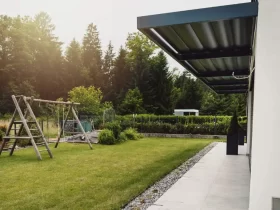







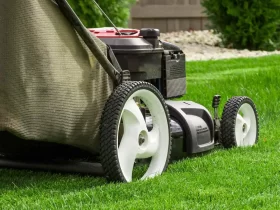

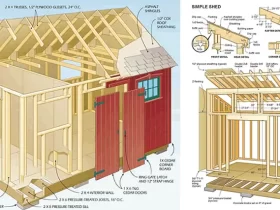

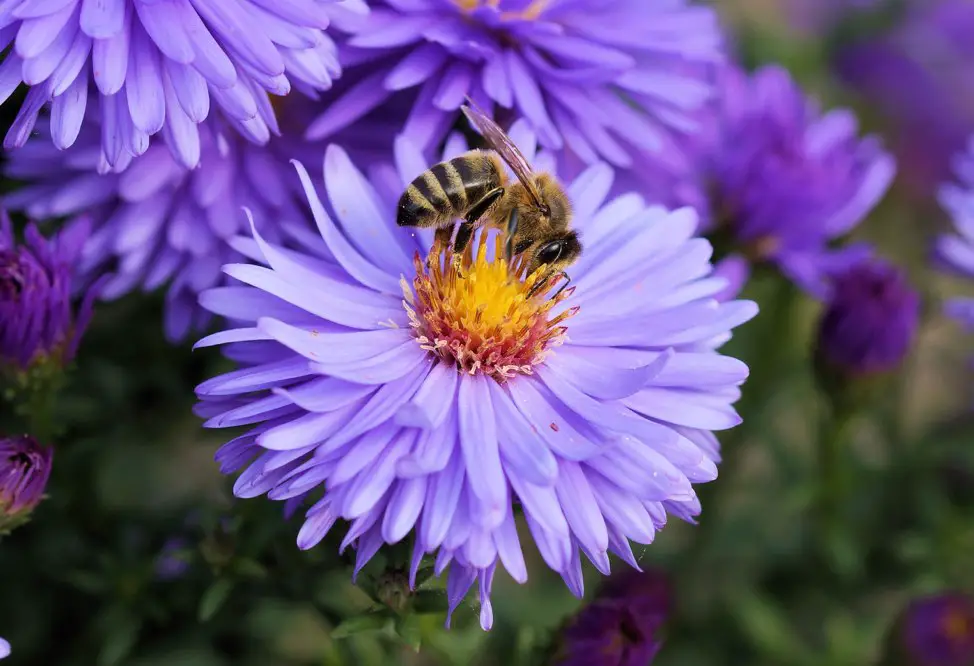













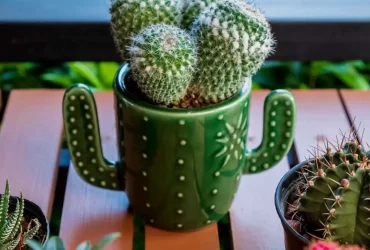
Leave a Reply